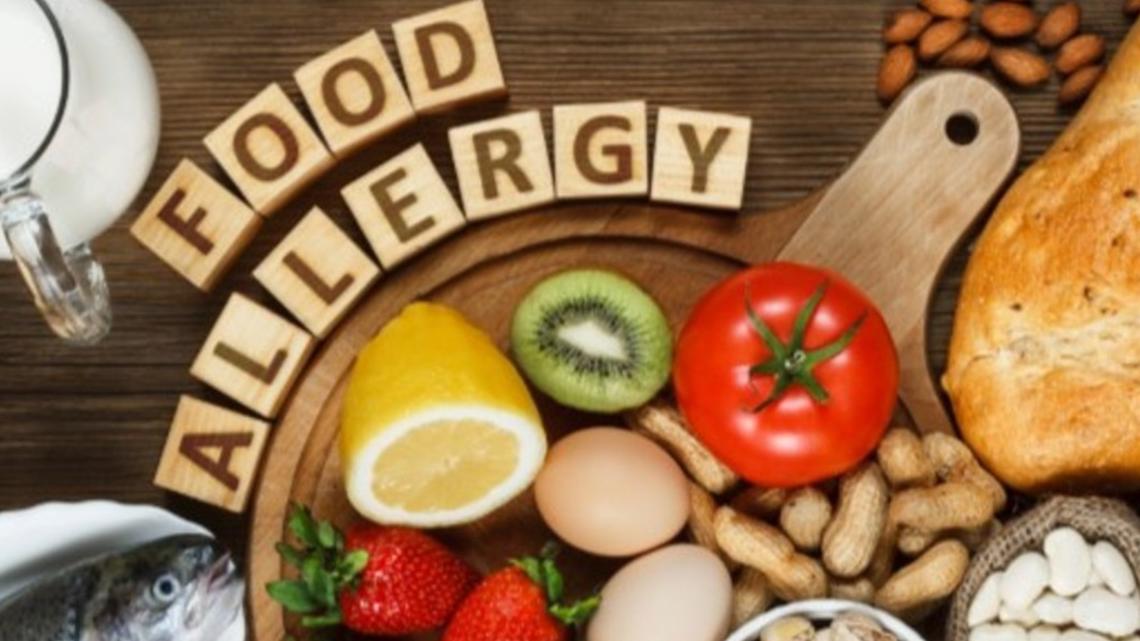
Some food allergies can be life-threatening to certain kids.
SAN ANTONIO — Food allergies can be life-threatening. And children are much more vulnerable because they often don’t explain how they are feeling, or don’t recognize the signs of an allergic reaction.
Food allergies affect both children and adults. And in many cases if not treated quickly, a severe allergic reaction can be fatal. Dr. Alice Hoyt, an allergist with the Hoyt Institute of Food Allergy told us, “They go from like feeling great and happy and playful to suddenly they’re not acting themselves. And then they can have hives and swelling, vomiting can be a form of anaphylaxis, drop in blood pressure, trouble breathing.”
The National Institutes of Health says about one out of every ten adults in the U.S. has a food allergy. When it comes to children, close to eight percent have food allergies. That is about one in every 13 kids, or two in every classroom in the country. That’s why having epinephrine nearby is a must. Dr. Hoyt added, “Epinephrine helps not just combat all the symptoms, but actually helps tell those allergy cells to stop having the reaction, which is why it’s so important that people understand what to look for in allergic reactions and then be able to treat it with epinephrine.”
Some of the most common food allergies are milk, eggs, peanuts, tree nuts, soy, wheat, fish, and shellfish. Those allergies can be deadly. That’s why the Early Childhood Anaphylaxis Collaborative is so important. Dr. Hoyt told us, “The mission is to bring together healthcare professionals, early childcare professionals, parents, all united to provide centers with evidence-based resources, ways that centers can be better prepared to recognize and respond to allergy emergencies.”
